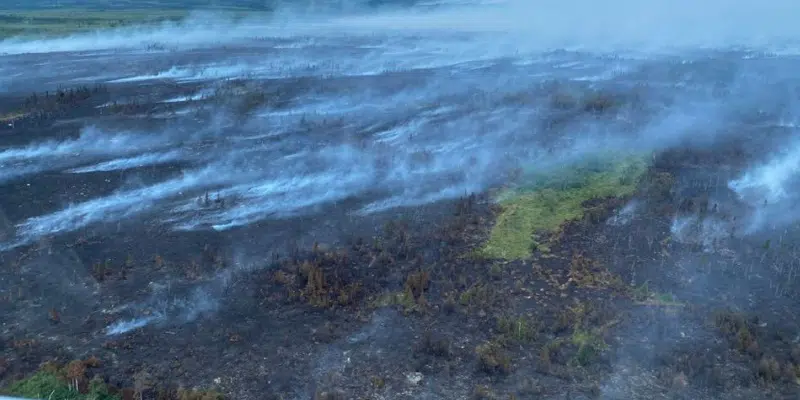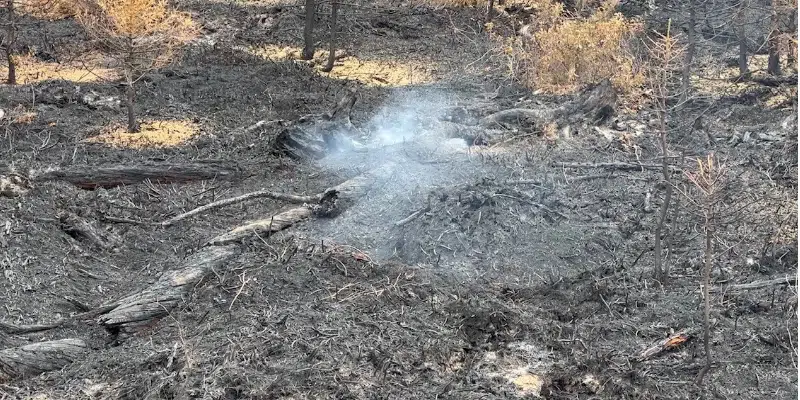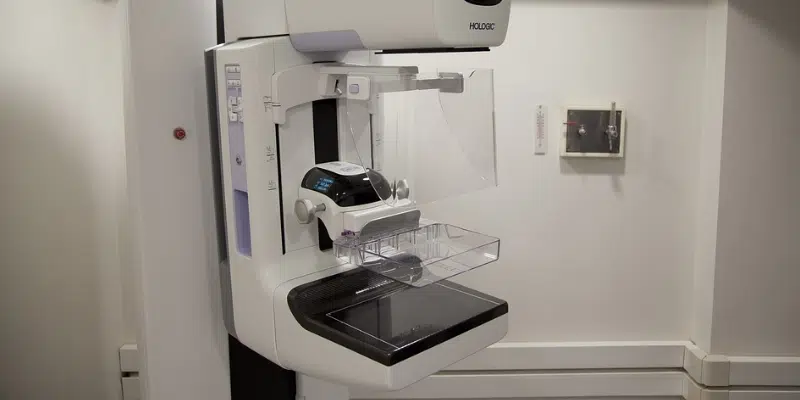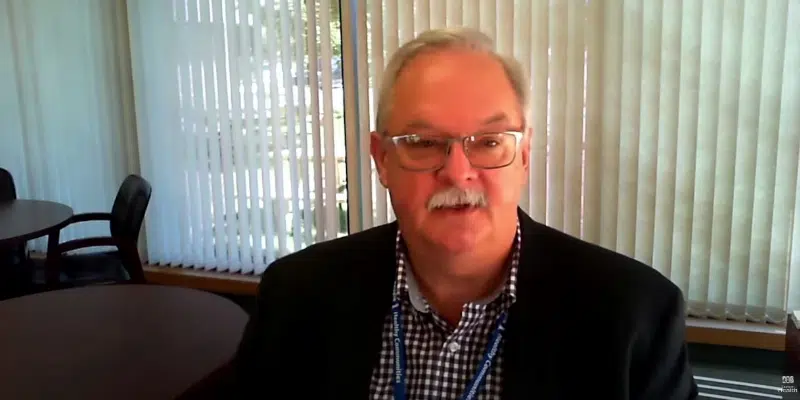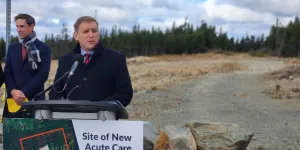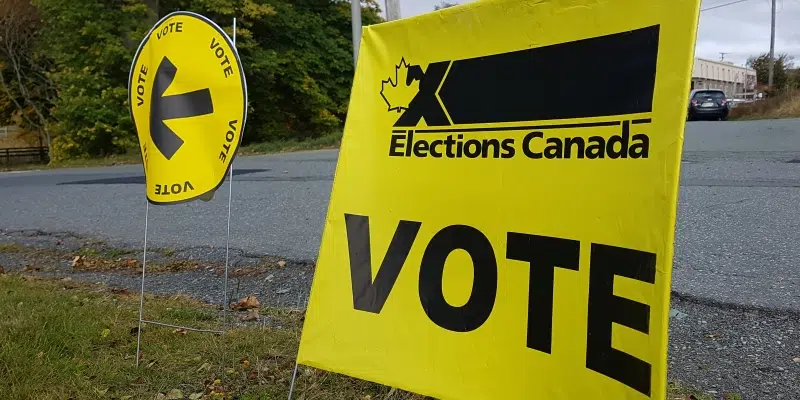The wildfires that started in July continued to rage in early August.
On August 6, the province officially declared a State of Emergency and additional water bombers and personnel were brought in from Quebec and Nova Scotia to help battle the fires. There were serious concerns about the effects of heavy smoke on towns like Grand Falls-Windsor and Botwood and some more vulnerable residents were moved to emergency shelters in Deer Lake.
August 9 brought much-needed rain—10 mm and a drop in the winds—giving forestry firefighters the upper hand. By that time the fires had burned some 200 square kilometres of forest and vegetation. It wasn’t over however, a day later, the largest fire at Paradise Lake would grow again.
Fire crews would be aided yet again by Mother Nature. On August 12 the State of Emergency was lifted, and the focus of fire fighters turned from battling open flame to dousing hotspots.
The fires were finally declared fully contained on September 2.
Making History With Germany

Premier Andrew Furey, Prime Minister Justin Trudeau and German Chancellor Olaf Scholz in Stephenville on Tuesday.
What officials called a “historic” accord was signed on the province’s southwest coast in August.
On August 23, a veritable who’s-who of German industry gathered in Stephenville to sign an MOU on green hydrogen development and announce a Canada-German Hydrogen Alliance. German Chancellor Olaf Scholz was joined by Prime Minister Justin Trudeau, Bayer CEO Werner Baumann, Dr. Christian Bruch, the President and CEO of Siemens Energy, and the CEOs of Volkswagen and Mercedes-Benz.
Trudeau also confirmed a separate deal with automobile giants Mercedes-Benz and Volkswagen for the supply of batteries and electric vehicles.
The gathering was met by a group of residents with serious questions about World Energy GH2’s proposal for a massive wind farm on the Port au Port Peninsula.
A Struggle of a Different Nature
2022 was marked by a serious of serious concerns over staffing shortages in health care, but August brought a different type of health concern.
On August 23, Central Health reported that it had identified a number of mammography viewing workstations did not meet the recommended five megapixel technical standard. That required thousands of mammograms to be re-read to see if any anomalies had been missed.
The other health authorities announced that they would be conducting similar reviews.
Over 3,000 images were reviewed by central, with nine flagged for further follow-up. Almost 11,000 mammograms were reviewed by the other three regional health authorities, with 38 requiring further assessment.





